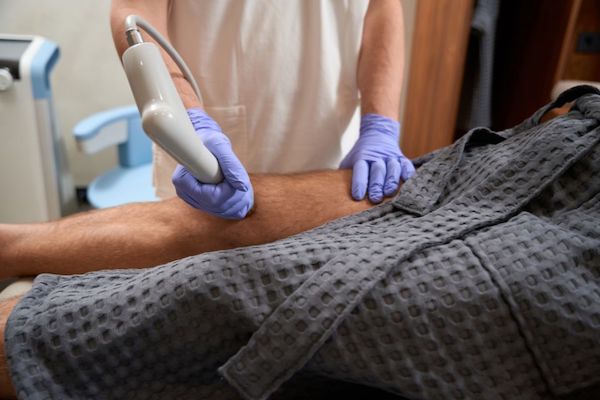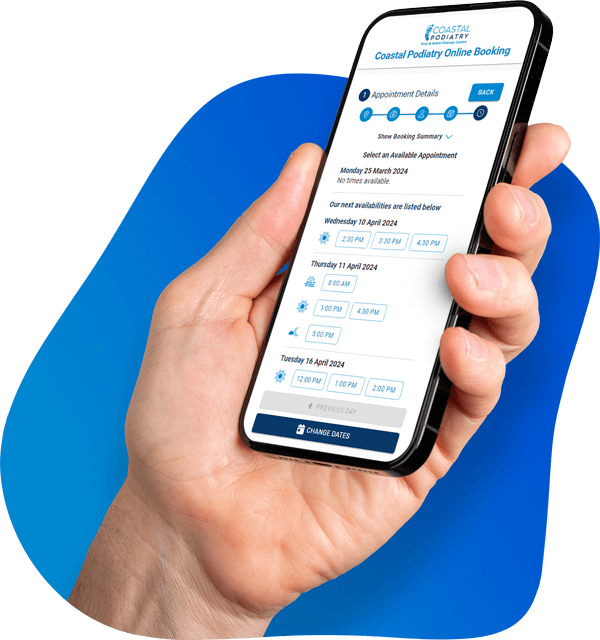As a seasoned podiatrist at Coastal Podiatry, I’ve witnessed the transformative effects of shockwave therapy on patients struggling with various foot and lower limb conditions. In this blog, I aim to provide you with a comprehensive understanding of the science behind shockwave therapy, shedding light on how this innovative treatment modality works and why it holds promise for a range of musculoskeletal issues.
The Basics of Shockwave Therapy
What are Shockwaves?
Shockwaves are high-energy sound waves that carry energy from one point to another. In medical applications, they’re generated by a device and focused on a specific area of the body.
Mechanism of Action:
Stimulating Healing: When directed at damaged tissues, shockwaves stimulate the body’s natural healing processes. They enhance blood flow, increase cell regeneration, and promote tissue repair.
Reducing Pain: Shockwaves also have an analgesic (pain-relieving) effect. They influence pain receptors and help disrupt pain signals.
Dissolving Calcifications: In conditions where calcium deposits have formed in soft tissues (like tendons), shockwaves can help break down these calcifications, allowing for their natural removal by the body.
Applications in Musculoskeletal Conditions
- Plantar Fasciitis: Shockwave therapy has shown great promise in treating plantar fasciitis, a common condition involving inflammation of the plantar fascia—a thick band of tissue that runs along the bottom of the foot.
- Achilles Tendinopathy: This condition involves degeneration or inflammation of the Achilles tendon. Shockwave therapy has demonstrated effectiveness in stimulating healing in this area.
- Calcific Tendinopathy: This condition involves calcium deposits in the tendons. Shockwave therapy can help break down these deposits.
- Other Musculoskeletal Conditions: Shockwave therapy has shown promise in treating a range of conditions, including patellar tendinopathy, hip bursitis, and more.
What to Expect During Shockwave Therapy
During a session, a podiatrist will use a specialised device to administer shockwaves to the targeted area. You may feel pulses or vibrations, which can range from mildly uncomfortable to slightly painful.
Benefits of Shockwave Therapy
Non-Invasive: Shockwave therapy is a non-surgical, non-invasive treatment, reducing risks associated with more invasive procedures.
Minimal Downtime: Patients typically experience minimal downtime after shockwave therapy sessions, allowing for a quicker return to regular activities.
Long-Lasting Results: Studies have shown that shockwave therapy can provide long-term relief from musculoskeletal conditions.
Conclusion
Understanding the science behind shockwave therapy empowers you to make informed decisions about your treatment options. At Coastal Podiatry, we’re committed to providing evidence-based, personalised care for our patients. If you have any specific questions about shockwave therapy or want to explore it as a treatment option, don’t hesitate to reach out. We’re here to support you on your journey to improved foot health and overall well-being.




